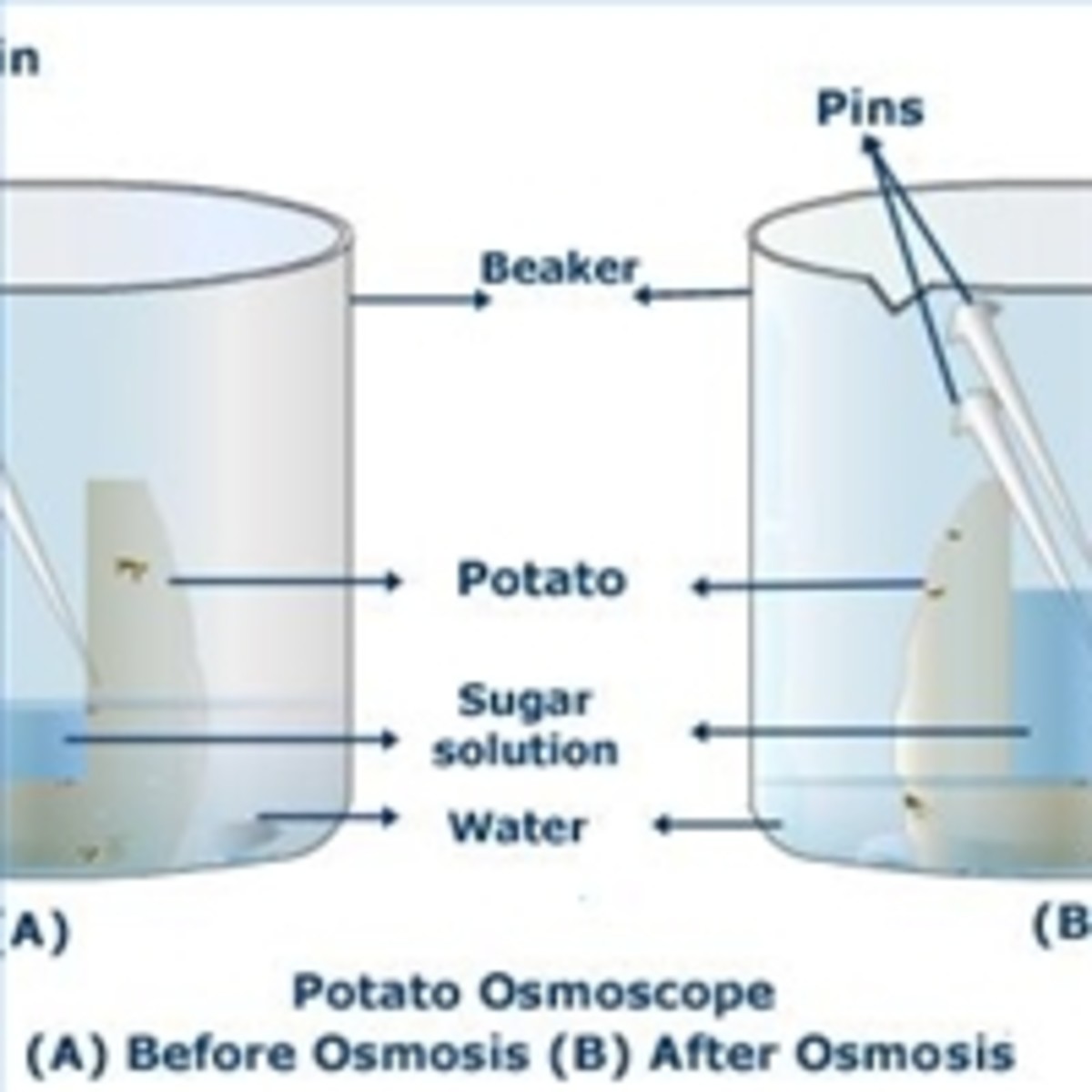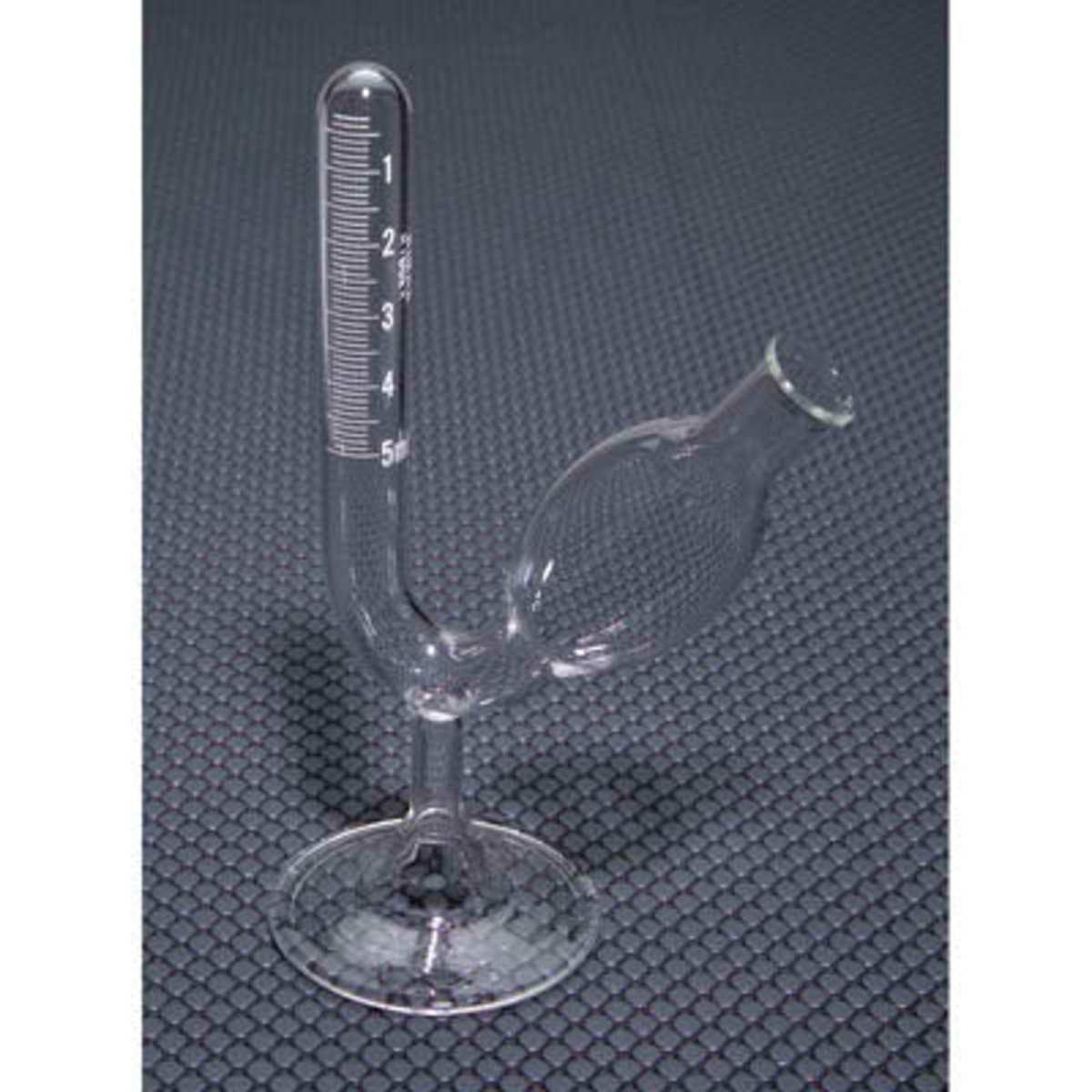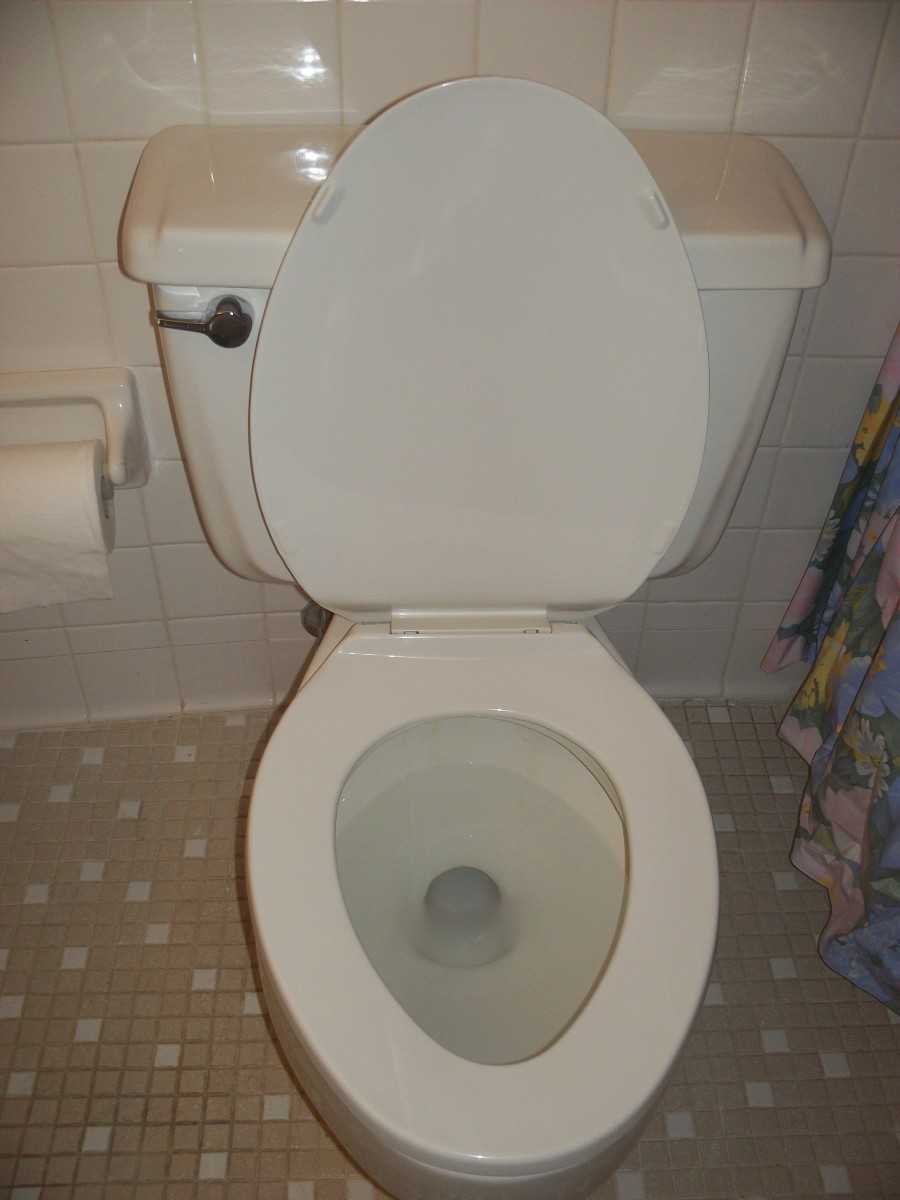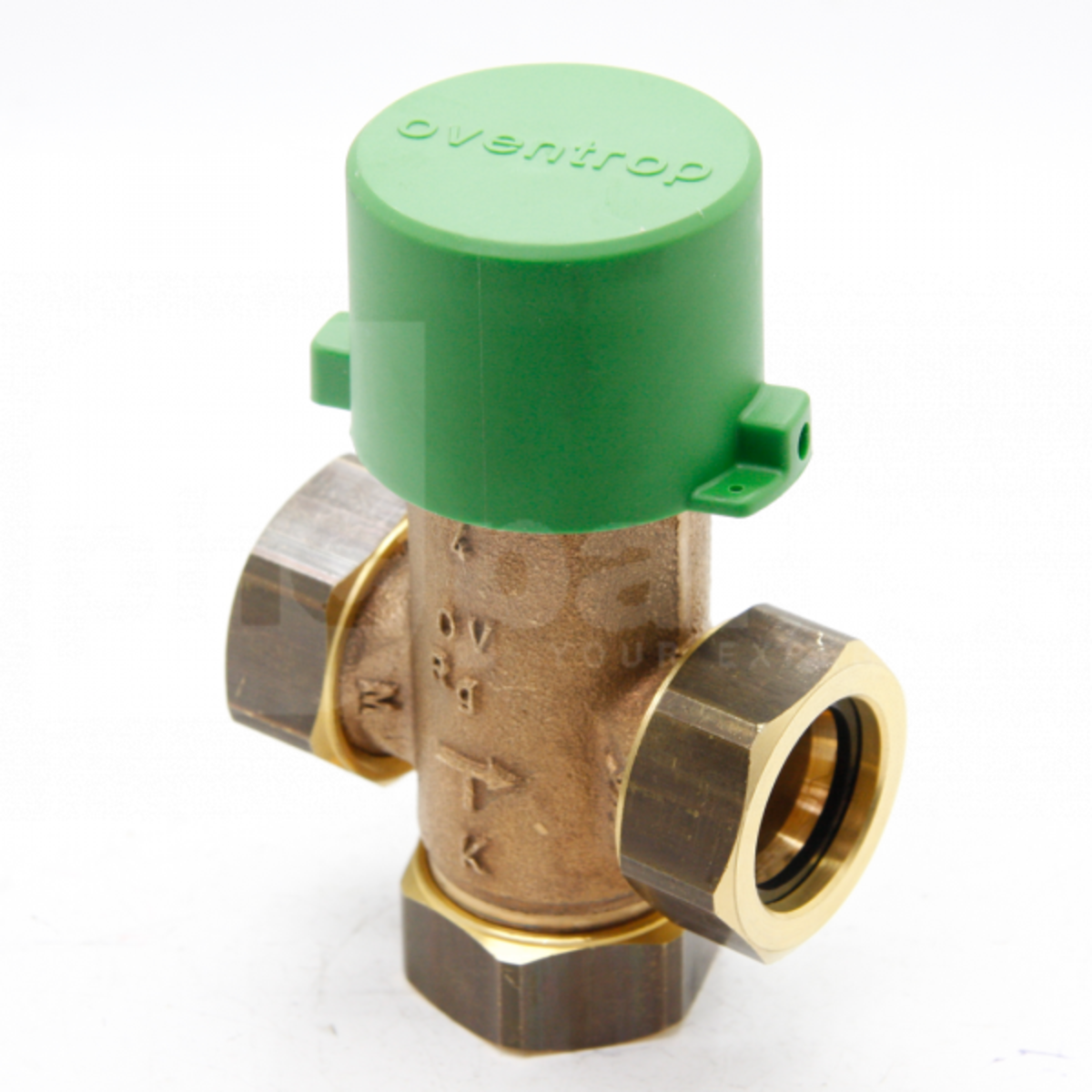The Future of Foward Osmosis for Clean Water
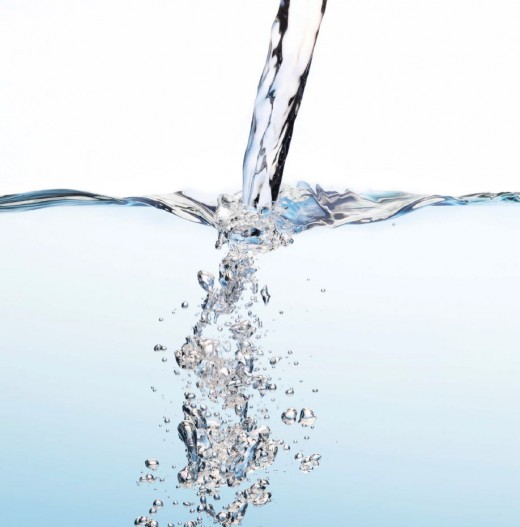
The main differences between reverse and forward osmosis is that in RO, the pressure needed to remove brine and other contaminants is very energy intensive making the cost to create clean water costly. The whole RO process is generally more energy use intensive. In FO, all things being equal, the process, which is still being proven, the energy costs to produce water are lower because waste heat can be used (solar, steam, electrical). The problem is finding the ideal geographical area in part and overall situation, say in desert areas near the ocean. FO is not always cheaper than RO. Sometimes, RO is cheaper or the same as FO. But RO is more maintenance intensive because of membrane filters clogging with brine and organic material. RO freshwater still costs at least $2 per 1000 gallons, which is double the cost of conventional water treatment. RO testing showed that seawater can produce water for an energy input of 5.98 to 8.90 kWh/kgal at a 50-mgd facility. In a Yale study, 2006, FO showed energy used in the study was minimal: 1 kW-h/1000 gal for electricity and 1200 MJ/1000 gal. for heat. By using waste heat, the cost for heating would be nearly zero.
The intense use of pressure in RO clogs more often than in FO, which uses a natural pressure gradient difference between the salt water and a special solute that “draws” water molecules through the membrane leaving salt behind. There are far fewer pumps needed. There are about seven solute formulas that are successful in FO. These are a variety of chemical cocktails that create a much higher osmotic pressure than incoming salt water, hence the “draw”. There is no pump to force the seawater through the membrane as in RO, it’s natural. Typically in the Middle East area, the seawater is 40,000 mg/l TDS with a temperature of 10-45 degree C and has a pH of about 8.2. One successful draw solution is similar to ammonium bicarbonate, NH4 HCO3 and ammonium hydroxide, for example. Many use boron, sucrose, diols (a diol is a chemical compound containing two hydroxyl groups) ammonia, carbon dioxide, or sodium chloride, in some combination and amounts. Some contain magnetic nanoparticles of different sizes with polyacrylic acid or polyelectrolytes of a series of polyacrylic acid sodium salts to produce high flux and the best draw.
Besides the membrane, which separates the seawater and clean water molecules, the coalescer is the heart of the system. This is where the Weak Draw Solute (non-salt water and solute) enters from the membrane and it is where both are separated. The water will move through additional filters producing potable water. The solute portion becomes concentrated (Strong Solute) and returns to the membrane. The coalescer is designed to pull the water and solute apart. It is capable of separating solute drops from 10 microns. The ideal and preferred size is greater than 50 microns. To do this, certain operating parameters must be met. The separation occurs based on temperature and osmostic pressure. Ideally, the operator should maintain an internal temperature between 85 and 95 degree C. The goal after separation should produce product water with less than 1% solute, although, a result between 1-4% is the maximum acceptable. The solute concentration should be at least between 60-90%. As a general rule, you want less osmotic water pressure because less power or energy will be used to create product clean water. As less water pressure is reached, the solute pressure increases due to its concentration. This increases flux and brine concentrate. The ideal is between 85-90 degree C inside the coalescer.
If the solute is 70% concentrated, it will produce 95 atm in osmostic pressure, while at 50%, only 60 atm. When the coalescer internal temp is 85C, the water osmotic pressure is 20 and the solute pressure is 63. When it is 95C, these figures become 13 atm (water) and 80 atm (solute). The natural pressure difference forces the water to separate from the solute and since it is heavier, the solute goes to the bottom of the tank and much cleaner water to the top where it is processed further to attempt to remove remaining solute to less than 1%, which has proven difficult to achieve. While a 1-4% amount is acceptable, some still think this water is not fit for human consumption.
Ideally, FO technology is most cost effective at locations where electrical energy costs are high, and fuel costs are low or low quality waste heat is readily available. FO may prove most competitive with RO at plant capacities between 1 and 10 mgd (million gallons per day) because of the limitations of feed pumping efficiency at a 10-mgd facility, the energy input to the RO process would increase to 6.6 to 9.8 kWh/kgal.
The number of FO companies are limited, each trying to find that perfect solute cocktail and that perfect membrane and system configuration to make it become the better way to desalinate. Toyobo of Japan has made great advances in membrane technology and Trevi Systems, Inc., is always ahead of others in the field. Toyobo has perfected the membrane to reject salt 99.5%. Trevi Systems process will be used in Kuwait, UAE, and Orange County in the L.A. area.
FO is still a work in progress, however.

